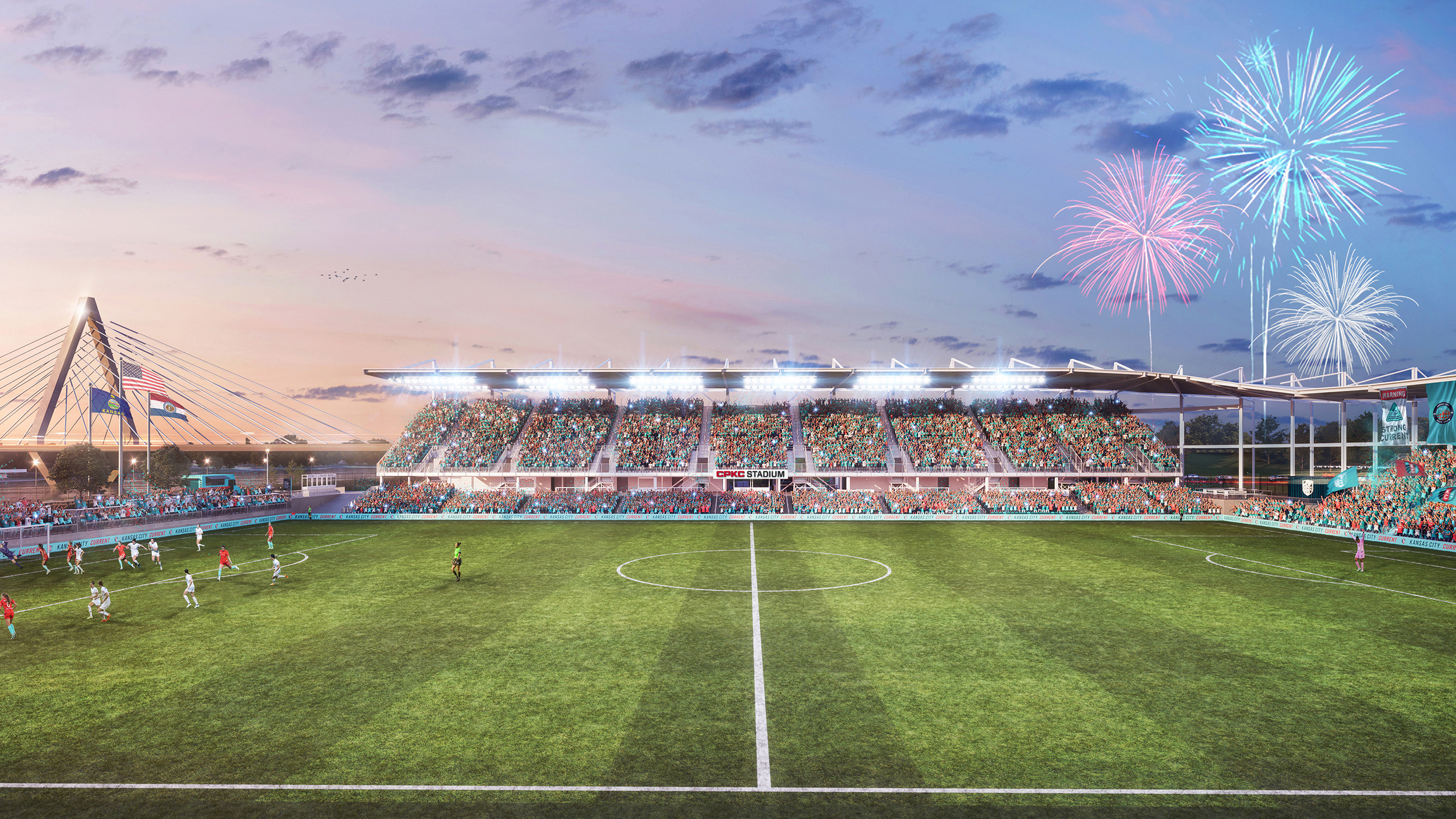The live music industry has undergone significant shifts in recent years, driven by changing economic dynamics and evolving audience preferences. For music venues, staying profitable in 2024 requires a keen understanding of these economic trends. In this blog post, Victus Advisors will explore the critical economic factors influencing performance venue success this year, from rising talent costs to evolving ticket pricing strategies and the consolidation of concert promoters.
Rising Talent Costs
One of the most significant trends impacting the live music industry is the continuous rise in talent costs. Over the past few years, artists have demanded higher compensation or guarantees, which has led to increased expenses for concert promoters and venue operators. Discussions with live entertainment venue operators indicate that talent costs can account for approximately 75% to 85% of total ticket sales revenue.
This surge in talent costs has resulted in higher ticket prices as promoters and venues try to maintain profitability. However, higher ticket prices can negatively impact attendance, particularly for smaller or lesser-known acts, which may reduce overall venue profitability. As a result, venue operators are navigating a delicate balance between setting prices that cover costs while ensuring that concerts remain accessible and attractive to a broad audience.
Ticket Pricing and Revenue Trends
As talent costs have risen, so too have ticket prices. In recent years – especially post-COVID – as demand for in-person experiences has surged across the country, concert ticket prices have reached record levels. This upward trend in pricing is driven not only by demand, but also by the need for venues to pay for higher talent fees and increased operating expenses related to show production, staffing, and utilities.
Gross ticket sales revenue has also reached new highs, yet this success can be tempered by a decline in overall attendance if the events push pricing too far. The rising cost of attending live events can price out certain demographics, which can lead to lower ticket sales volume even as revenues increase per ticket sold. The need to balance supply and demand when pricing concert tickets creates a challenging environment for venues that must carefully manage their pricing strategies to maximize both attendance and revenue.
To mitigate these challenges, some venues are experimenting with dynamic pricing models, where ticket prices fluctuate based on demand and other factors, allowing for more flexibility in capturing revenue from varying audience segments.
Consolidation Among Promoters
The consolidation of concert promoters is another key trend affecting the live music and entertainment landscape. Major players in the industry, such as Live Nation and AEG Presents, have expanded their reach through acquisitions and partnerships, leading to fewer, larger entities controlling a significant portion of the market. This consolidation gives these promoters increased negotiation power, affecting the distribution of events across venues.
For venues, this means increased competition to secure top acts, as major promoters often prefer to work with venues within their networks or those offering favorable financial terms. Venues outside these networks may find it more challenging to book high-profile artists or to negotiate favorable deals.
Impact on Venue Margins
The combination of rising costs and increased competition has resulted in tighter margins for many venues. Despite higher ticket prices and increased gross sales, the profitability of live music venues is often under pressure due to the escalating expenses associated with talent fees, production costs, and promoter fees.
To address these challenges, many venues are exploring additional revenue streams. Some of the most successful strategies include:
- Premium Seating and VIP Packages: Offering luxury boxes, club seats, and “one-of-a-kind” VIP experiences can provide higher-margin revenue opportunities.
- Food and Beverage Sales: Enhancing the in-venue dining experience and offering premium food and beverage options can drive additional revenue.
- Advertising and Sponsorship: Securing local and national sponsors or advertisers can help supplement ticket sales income.
- Venue Merchandise and Branding: Selling venue-branded merchandise, in addition to providing the typical merchandise booths for performing artists, can create additional income channels for the venue.
Conclusion
As we move through 2024, the economics of the live music and entertainment industry continue to evolve, presenting challenges and opportunities for both venue operators and facility planners. Staying informed about these trends and proactively adjusting strategies is essential to thriving in the competitive landscape of live music in 2024 and beyond.
Rising talent costs, fluctuating ticket pricing, consolidation among promoters, and shrinking margins have required venue operators to adapt their strategies to maintain profitability, and it is becoming increasingly important for venue planners such as Victus Advisors to understand these trends and help our clients implement innovative approaches for revenue generation and customer experience.


